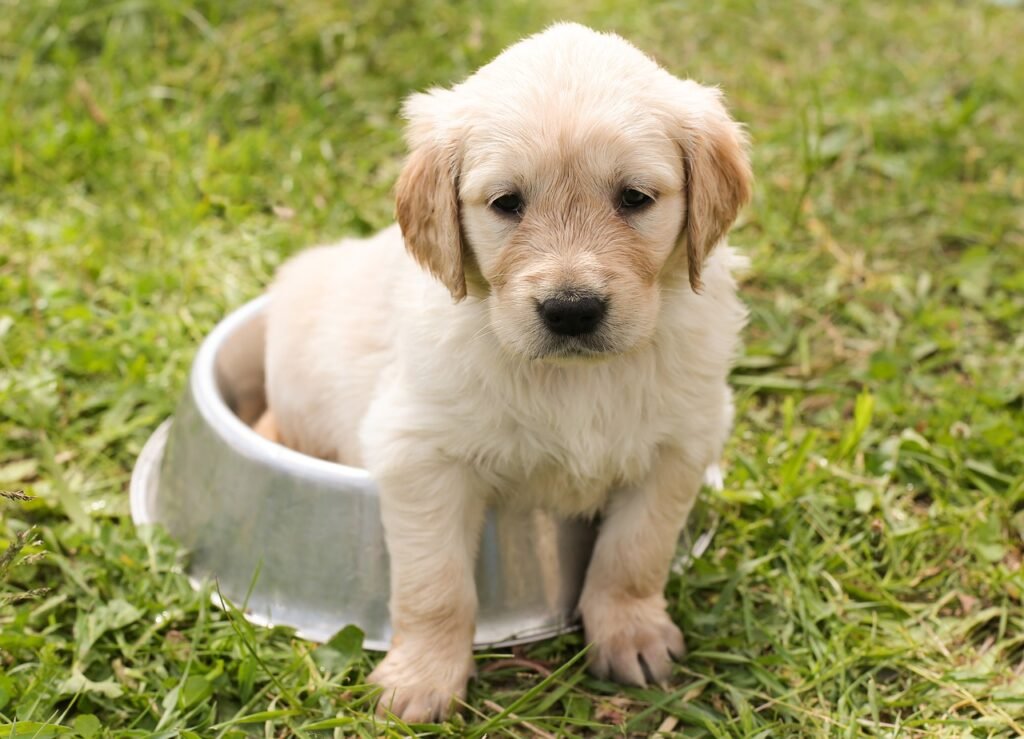Have you recently brought your furry friend home after surgery? If so, you may be wondering how to best protect and care for your dog during their recovery process. One essential item to consider is protective outerwear to help keep them safe and comfortable while they heal. In this article, we will explore the benefits of using dog coats for post-surgery protection, as well as provide information on how to choose the right one for your canine companion.

This image is property of pixabay.com.
Why Use Protective Outerwear for Dogs Recovering from Surgery?
Protective outerwear for dogs can play a vital role in their recovery process after surgery. These garments are designed to provide a barrier between your dog’s sutures or incision site and the outside environment, helping to prevent them from licking, scratching, or otherwise interfering with the healing process. Additionally, dog coats can help keep your pup warm and comfortable during their recovery period, especially if they have had a procedure that requires them to stay indoors or limit their activity.
Using protective outerwear can also help to reduce the risk of infection at the surgical site, as it can prevent dirt, debris, and other contaminants from coming into contact with the wound. This can be particularly important for dogs who are prone to licking or scratching at their sutures, which can introduce bacteria and lead to complications.
The Benefits of Dog Coats for Post-Surgery Protection
Protective outerwear for dogs offers a range of benefits for both you and your canine companion during the recovery process. Some of the key advantages of using dog coats for post-surgery protection include:
-
Preventing Self-Inflicted Injuries: Dogs are naturally curious and may try to lick or chew at their sutures or incision site, which can lead to infections or delays in healing. Dog coats provide a physical barrier that can help prevent your pup from causing self-inflicted injuries during their recovery.
-
Reducing Stress: Wearing a dog coat can help to reduce your dog’s stress and anxiety during the recovery period. The gentle pressure provided by the garment can have a calming effect on some dogs, making them feel more secure and comfortable as they heal.
-
Promoting Faster Healing: By keeping your dog’s sutures or incision site protected, clean, and free from interference, dog coats can help promote faster and more efficient healing. This can mean a quicker recovery time and a reduced likelihood of complications arising post-surgery.
How to Choose the Right Protective Outerwear for Your Dog
When it comes to selecting protective outerwear for your dog recovering from surgery, there are a few key factors to consider to ensure that you choose the right garment for your pet’s needs. From size and fit to material and design, here are some important considerations to keep in mind:
Size and Fit
One of the most critical factors to consider when choosing protective outerwear for your dog is getting the right size and fit. A garment that is too tight can cause discomfort and impede healing, while one that is too loose may not provide adequate protection. Take accurate measurements of your dog’s chest, neck, and length to ensure a proper fit, and consult the manufacturer’s sizing guide before making a purchase.
Material and Breathability
The material of the protective outerwear is another essential consideration. Look for garments made from breathable materials that are soft, lightweight, and comfortable for your dog to wear for extended periods. Avoid materials that are rough, scratchy, or non-breathable, as these can cause irritation or discomfort for your furry friend.
Design and Features
Consider the design and features of the protective outerwear when making your selection. Look for garments with features such as adjustable straps, reflective trim for visibility in low light conditions, and easy-to-use closures that make it simple to put on and take off. Additionally, choose a design that covers the surgical site adequately while allowing your dog to move freely and comfortably.
Cost and Quality
While it can be tempting to opt for the most budget-friendly option when purchasing protective outerwear for your dog, it is essential to prioritize quality and durability. Investing in a well-made garment from a reputable manufacturer may cost more upfront but can save you money in the long run by lasting longer and providing better protection for your dog during their recovery.

This image is property of pixabay.com.
Types of Protective Outerwear for Dogs
There are several types of protective outerwear available for dogs recovering from surgery, each designed to meet different needs and preferences. From full-body suits to surgical shirts and recovery vests, here are some popular options to consider:
Full-Body Suits
Full-body suits provide comprehensive coverage for dogs who need protection following surgery. These garments typically cover the entire body, including the chest, belly, and hindquarters, and often have sleeves to protect the legs. Full-body suits are ideal for dogs who have had extensive surgery or require complete coverage to prevent them from licking or scratching at their sutures.
Surgical Shirts
Surgical shirts are a popular choice for dogs recovering from spay, neuter, or abdominal surgeries. These garments are designed to cover the dog’s chest and stomach area, leaving the hindquarters exposed for bathroom breaks. Surgical shirts are easy to put on and take off, and many have adjustable closures to ensure a secure fit.
Recovery Vests
Recovery vests are another excellent option for dogs recovering from surgery, as they provide targeted coverage and protection for specific areas of the body. These garments often have built-in sleeves or pouches to cover the surgical site while leaving the rest of the body free to move. Recovery vests are ideal for dogs who have had surgery on their back, shoulders, or legs and need protection in those areas.
Protective Cones and Collars
In addition to protective outerwear, you may also want to consider using a protective cone or collar to help prevent your dog from licking or chewing at their sutures. These devices are designed to fit around your dog’s neck and prevent them from reaching the surgical site with their mouth. Protective cones and collars come in a range of sizes and styles, so you can choose the one that best suits your dog’s needs and comfort.
Booties and Socks
If your dog has had surgery on their paws or legs, you may need to consider using booties or socks to protect the surgical site and keep it clean. These accessories can help prevent dirt, debris, and moisture from coming into contact with the wound, reducing the risk of infection or complications. Look for booties or socks made from breathable, non-slip materials that provide a secure and comfortable fit for your dog.
Tips for Using Protective Outerwear Effectively
Once you have selected the right protective outerwear for your dog recovering from surgery, it is essential to use it effectively to ensure maximum protection and comfort for your furry friend. Here are some tips to help you make the most of your dog’s protective outerwear:
Introduce the Garment Gradually
Before putting the protective outerwear on your dog for the first time, allow them to sniff and investigate the garment to familiarize themselves with it. Introduce the garment gradually, starting with short periods of wear and gradually increasing the duration as your dog becomes more comfortable.
Monitor for Signs of Discomfort
Keep an eye on your dog while they are wearing the protective outerwear and monitor for any signs of discomfort or distress. If your dog appears agitated, tries to remove the garment, or shows signs of irritation, remove it immediately and consult your veterinarian for guidance.
Keep the Garment Clean
Regularly clean and maintain the protective outerwear to ensure that it remains hygienic and in good condition. Follow the manufacturer’s care instructions for washing and drying the garment, and inspect it regularly for signs of wear or damage. Replace the garment if it becomes worn out or no longer provides adequate protection for your dog.
Ensure Proper Fit and Adjustment
Check the fit of the protective outerwear regularly and make any necessary adjustments to ensure that it remains secure and comfortable for your dog. Avoid leaving the garment too loose or too tight, as this can cause discomfort or impede your dog’s movement. Regularly check the closures and straps to ensure that they are secure and in good condition.
Provide Additional Comfort Measures
To help keep your dog comfortable during their recovery, consider providing additional comfort measures such as soft bedding, a warm environment, and gentle grooming to keep them clean and comfortable. Offer plenty of praise, affection, and treats to reassure your dog and make the recovery process more comfortable for them.

This image is property of pixabay.com.
Conclusion
Protective outerwear for dogs recovering from surgery can be a valuable tool in helping your furry friend heal safely and comfortably. By choosing the right garment and using it effectively, you can provide your dog with the protection they need to recover quickly and prevent complications. Whether you opt for a full-body suit, surgical shirt, recovery vest, or a combination of protective outerwear options, prioritizing your dog’s comfort and well-being during their recovery is essential.
If you have any questions or concerns about choosing or using protective outerwear for your dog recovering from surgery, don’t hesitate to reach out to your veterinarian for guidance and support. With the right care, attention, and protective outerwear, you can help your canine companion recover successfully and get back to their happy, healthy self in no time.
